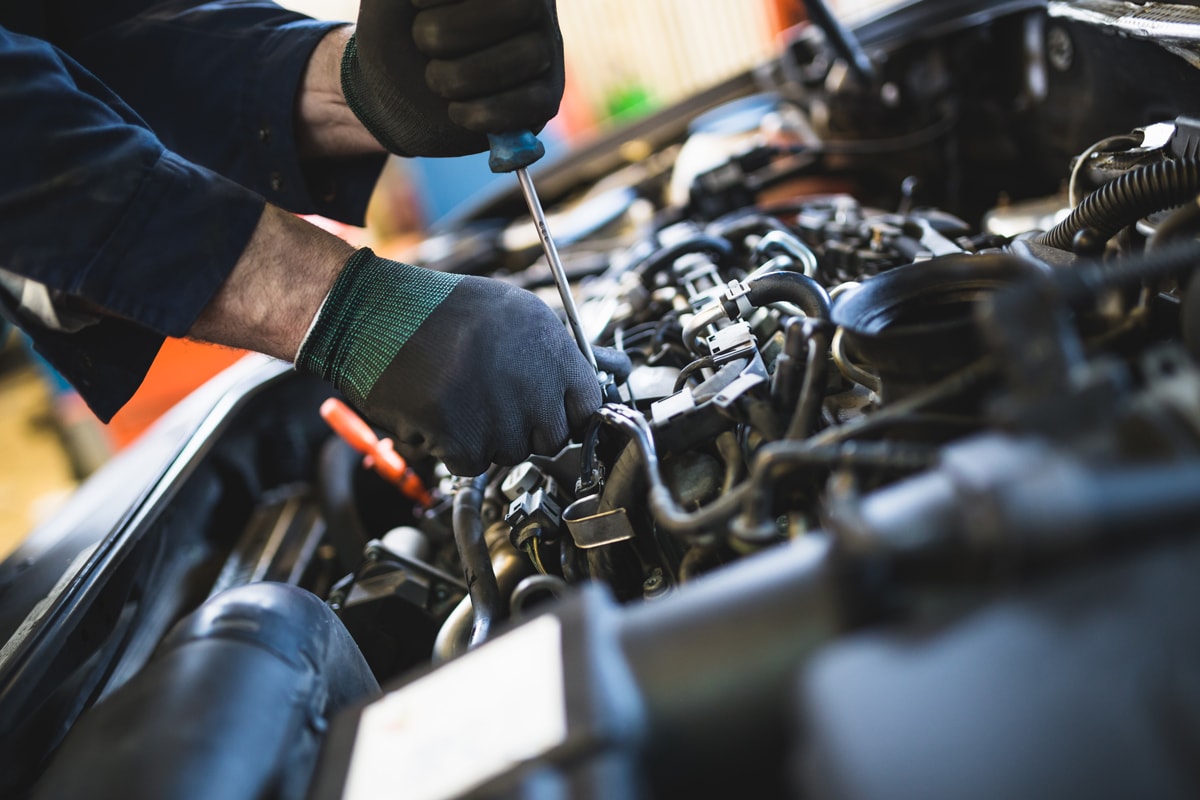All Categories
Featured

Few points are extra worrying for a driver than the sudden illumination of the check engine light (CEL) on the dashboard. While it could cause prompt problem, recognizing what this light represents can empower you to take care of the circumstance efficiently. Let's check out the feasible reasons behind the CEL and the steps to solve it.
What Does the Examine Engine Light Mean? The CEL becomes part of your automobile's onboard diagnostics (OBD) system. It monitors a range of systems within the auto, consisting of discharges, gas efficiency, and overall engine efficiency. When the system detects a mistake or abnormality, it activates the CEL to notify the chauffeur.
Solid Light: Indicates a non-critical concern, such as a small sensor malfunction. However, it still requires attention to stay clear of lasting damages. Blinking Light: Signals a serious issue, like an engine misfire, that requires prompt focus to avoid significant damages. Common Factors for the Inspect Engine Light. Here are some of the most constant root causes of a CEL, ranging from basic to intricate:
Loose Gas Cap:

A loosened or broken gas cap can disrupt the fuel system, setting off the light. This is just one of the easiest concerns to fix-- simply change the cap or tighten. Oxygen Sensing Unit Failing:
The oxygen sensing unit gauges the air-to-fuel proportion for optimal combustion. A damaged sensor can result in minimized gas performance and higher discharges. Trigger Plug or Ignition Coil Problems:
These parts are important for the burning procedure. Worn-out ignition system or malfunctioning coils can cause misfires and rough engine efficiency. Catalytic Converter Problems:
This component reduces unsafe exhausts from your automobile. Failing to attend to various other engine issues can result in catalytic converter damage. Mass Air Movement (MAF) Sensing Unit Failing:
The MAF sensing unit makes sure the appropriate quantity of air blends with gas. A filthy or failing MAF sensing unit can reduce power and fuel performance. When the CEL Comes On, steps to Take. Do Not Panic:
Take a moment to observe your automobile's efficiency. Is it driving usually, or exist signs and symptoms like lowered power or weird sounds? Inspect the Gas Cap:
Tighten or reseat it if necessary. This straightforward fix settles many CEL instances. Use an OBD-II Scanner:
Connecting in a scanner gives certain trouble codes that determine the issue. Several vehicle components shops use this service free of cost. If Needed:, see an Auto Mechanic.
If the CEL continues to be on or flashes, have a specialist examine your auto. Delaying repairs can result in much more pricey fixes. Preventative Actions to Avoid CEL Issues. Regular Maintenance:. Comply with the maker's timetable for oil changes, spark plug replacements, and air filter cleansing. Check Key Components:. Regularly examine your gas cap, belts, and hoses for wear or damage. Usage High Quality Gas and Oil:. Costs items can stop deposit build-up that may influence sensing units and engine components. Why You Ought To Resolve the CEL Without Delay. While it's alluring to neglect a solid CEL, procrastination can result in extreme repercussions. What begins as a small issue-- like a loosened gas cap-- can advance into costly repair services. Resolving the light very early ensures your car remains secure and reliable.
Final thought. The check engine light is not a cause for prompt panic, yet it needs to never be neglected. Recognizing its function and potential triggers outfits you to make informed choices, whether it's a fast gas cap change or a journey to your auto mechanic. With proper upkeep and timely action, you can keep your vehicle running smoothly and stay clear of unnecessary fixings.
Latest Posts
Make Your Desire Fence a Truth with Montana Fencing Funding
Published Apr 21, 25
1 min read
Experience High-Quality Car Maintenance exclusively at Car-X – Quality Care Awaits
Published Apr 21, 25
1 min read
Simplify Your Funds with WyHy's Coinstar Service
Published Apr 21, 25
1 min read
More
Latest Posts
Make Your Desire Fence a Truth with Montana Fencing Funding
Published Apr 21, 25
1 min read
Experience High-Quality Car Maintenance exclusively at Car-X – Quality Care Awaits
Published Apr 21, 25
1 min read
Simplify Your Funds with WyHy's Coinstar Service
Published Apr 21, 25
1 min read